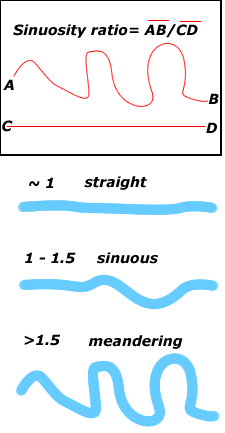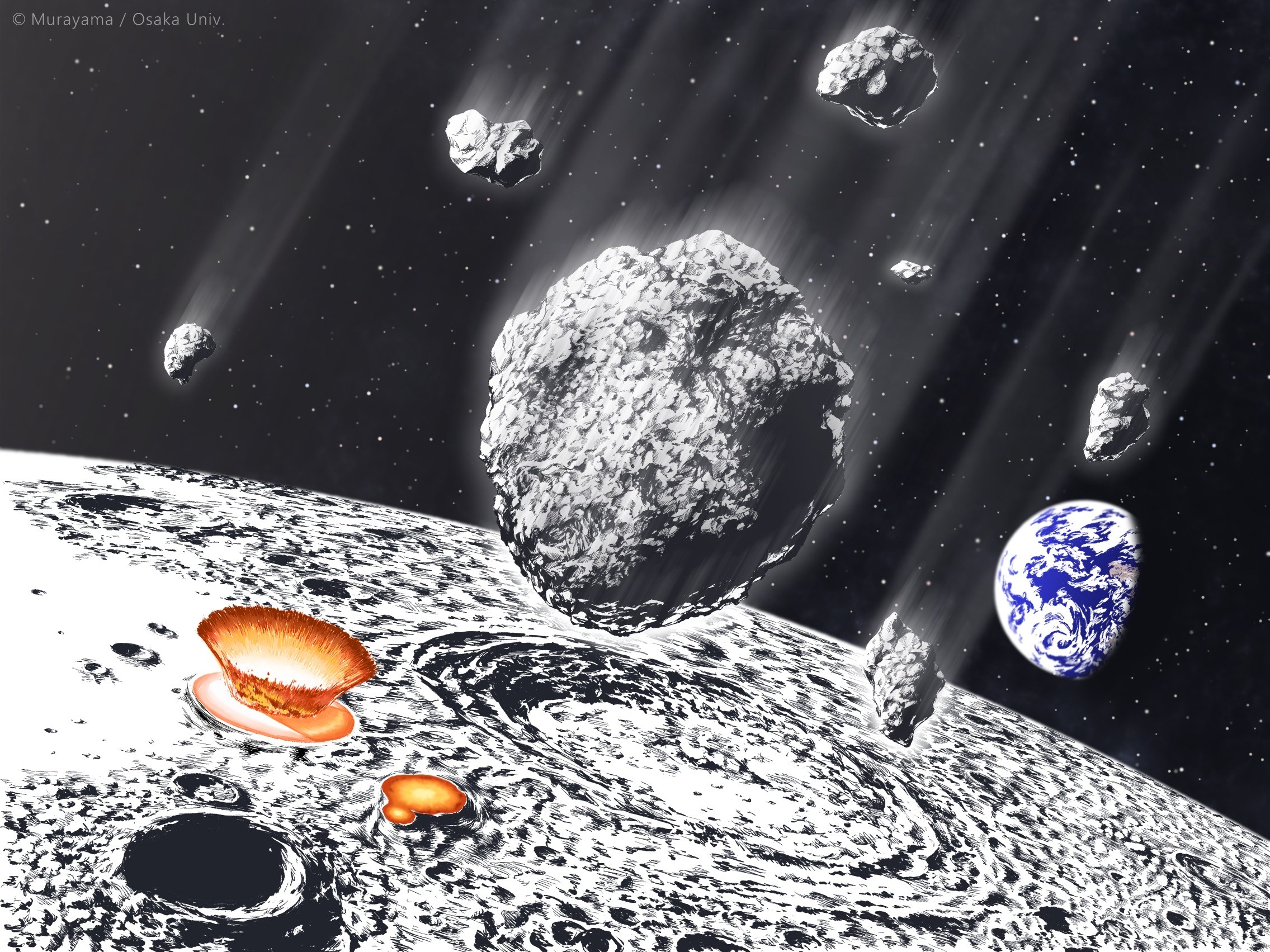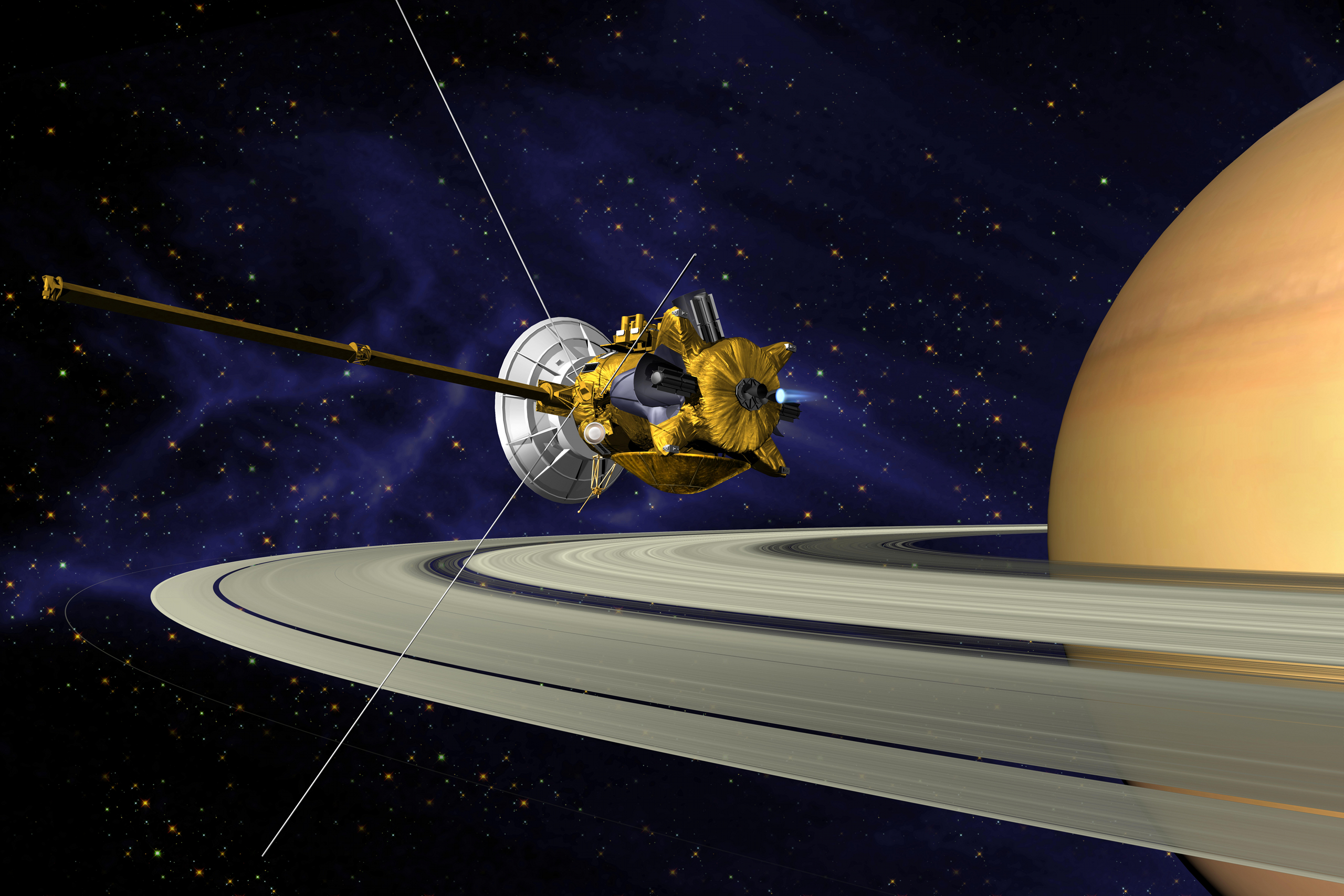
Continuing with circles, Pi is an integral part of the unit circle. The unit circle is a circle whose radius is 1 and it gives a simple way to learn and talk about angles and lengths. We find Pi in the unit circle when we measure angles in radians, instead of degrees. The radian measure of an angle is the ratio of the length of the arc to the radius of the circle. Radians are measured in Pi, and as an example, a typical circle is 360 degrees, and that angle in degrees equivalents to 2Pi in radians. Below is an example of a unit circle with both degree measure and radian measures.

It is also important to note where Pi can be found in the world. If one looks at different rivers through different terrain, they would notice that some wind and bend all over the place and some are more straight, and the prevalence of Pi would probably never come to mind. A rivers windiness is determined by its sinuosity or meandering ratio. This ratio is the river's actual length and the distance from the source to the mouth as the crow flies (in a straight line). Rivers that flow straight from source to mouth have small meandering ratios (close to or greater than 1), while ones that twist along the way have higher ratios. Interestingly, the average meandering ratio of rivers is 3.14, an approximation of our main subject, Pi. This is justified through geometric patterns in rivers, the bends having arcs (as spoken about above in the unit circle) and being able to calculate the sinuosity in Pi. As rivers move, erosion occurs, so this number doesnt always equal Pi, but it is one interesting way we can recognize Pi in nature.

Major organizations and companies use Pi in their day to day operations. There are five different ways that NASA uses Pi to help them in their space explorations. 1. The first way NASA applies Pi is to keep their spacecraft moving. The propulsion engineers use Pi to calculate the volume and surface areas of propellant tanks. This is how they make sure the tanks are the proper size and how they calculate liquid propellant volumes that keep the spacecraft going. They also use Pi to determine the diffusion rate of propellant vapors through propellant lines.
2. The second application NASA uses Pi for is to find out what asteroids are made of. They can use Pi, the radius, and mass of an asteroid to figure out its density. This helps them know if it is made of ice, rock, iron, etc. 3. The third method they use Pi for is measuring craters. Pi can help them calculate the circumference, diameter and surface area of a crater which can tell scientists a lot about the meteor or asteroid that carved it out. This can then help them track down the parent asteroid.

4. The fourth process they use Pi for is to find out the size of planets outside our solar system. First, they observe how much the light curve of a planets parent star decreases when the orbiting planet passes in front of it. They can then combine the percent of this decrease with the formula for the area of a circle and deduce the planets size. 5. The fifth way NASA uses Pi helps them gain new perspectives. They use a technique called a Pi Transfer, which uses the gravity of Saturns largest moon, Titan, to alter the orbit of the Cassini spacecraft so it can gain different perspectives on Saturn and achieve a wide variety of viewpoints. During a Pi transfer, Cassini flies by Titan at opposite sides of its orbit about Saturn. Noting that Titans orbital position differs by Pi radians between the two flybys, they use Titans gravity to change Cassinis orbital perspective on Saturn.

Pi also plays an important role in construction and architecture. Anything with curvature such as pillars, wires, and pipes all use Pi in their construction. It can be used to figure out how much power will run through a wire, or what size of a pillar to be used for a certain purpose. Pi has also been used in construction of arches, bridges, churches, and other buildings. Many of these structures use semicircles, and Pi helps determine the perimeter and calculate the amount of material need for a certain project.

Even in mathematical situations not dealing with circles, Pi has found its way in. It is often called the magic number and computing Pi can be a stress test even for a computer. Pi has a lot of uses in probability and statistics. Pi is used by statisticians to track population dynamics and occurs in the tables of death. Since Pi is composed of billions and trillions of digits, every possible number is hidden somewhere in Pi. The mathematical expression for the bell curve known as the normal distribution has Pi in it. Pi makes appearances in sound and light. Sound and light are made up of waves. Pi is found in sine waves that are used for audio, video, and wireless signal processing. One full sine wave is completed in 2Pi. These waves have numerous applications in everyday life. Pi is helpful in studying the way springs bounce, pendulums swing, and strings vibrate. Another important application of these waves is in taking an ultrasound of a baby in the womb. It also helps in studying the behavior of ocean waves and their frequency, wavelength, and amplitude. Pi even comes into play when talking on the phone, watching television, or listening to the radio.

Pi is all around us, whether being used mathematically by NASA, statisticians, or on a construction site, being referenced in pop culture, or just occurring in nature. Other uses of Pi that were not discussed in detail, but could be considered for continuing education on Pi are solving problems for electrical applications, using Pi when studying the structure of the eye, noting Pi when trying to understand the structure and function of DNA, using Pi when designing pendulums for clocks, calculating areas of the skin of an aircraft, and its importance in GPS navigation. The list could continue for many years of study, as some mathematicians have dedicated their life to it. The uses for this magic number never seem to cease.